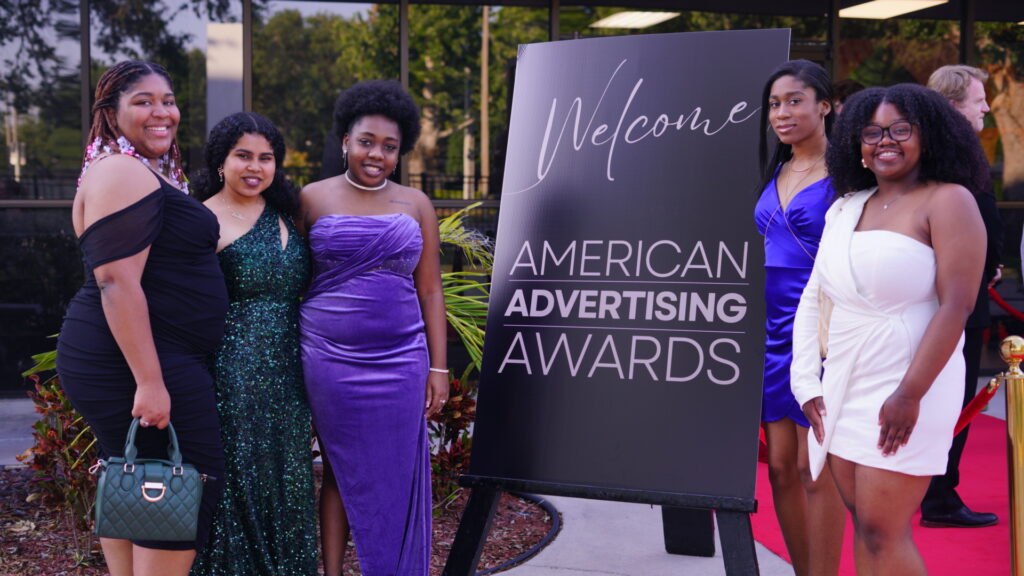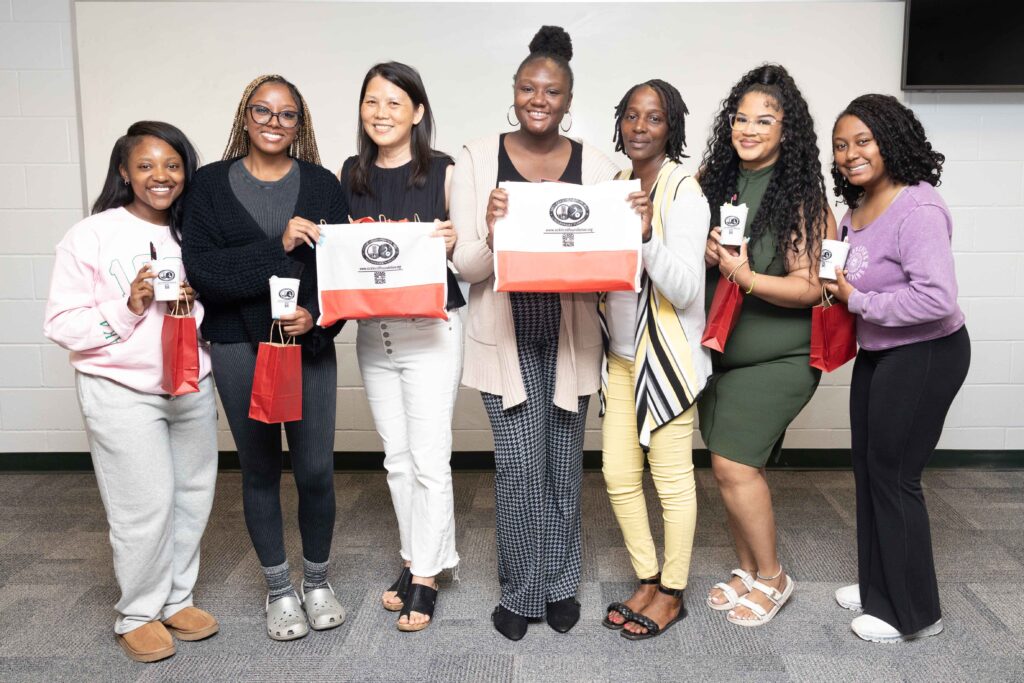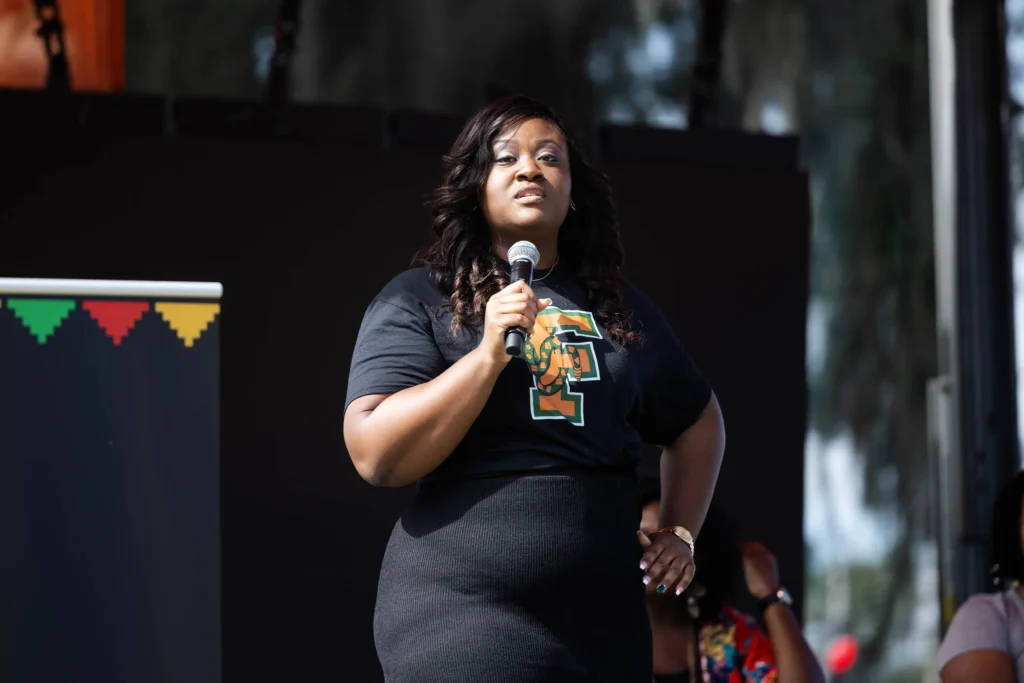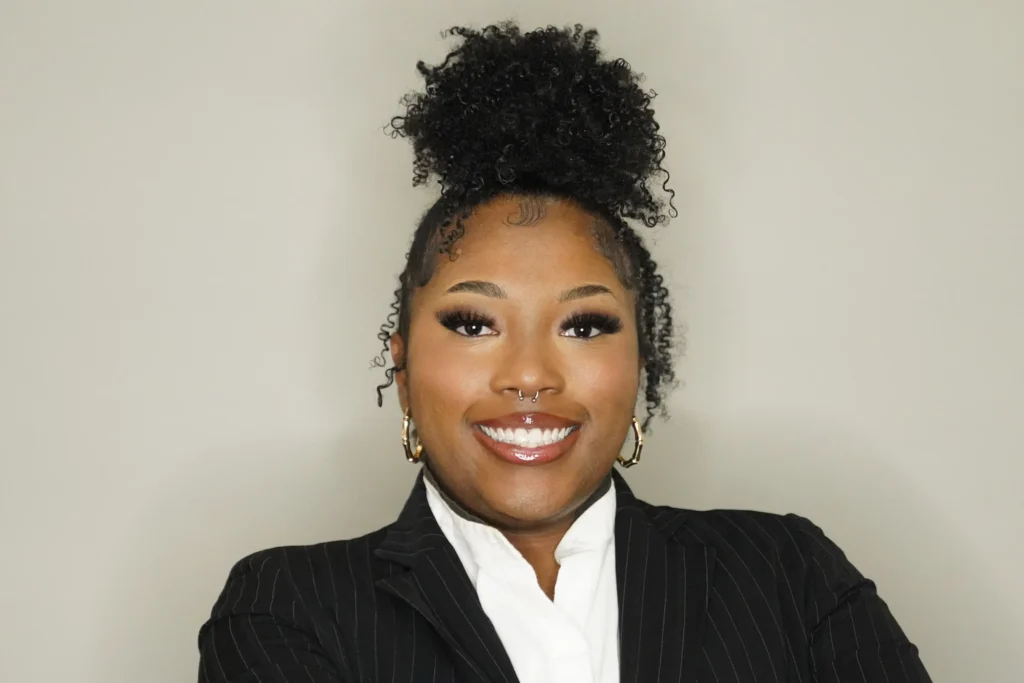
This past year FAMU’s own Associate Professor of Journalism Dr. Jeff Wilkinson and former Visiting Instructor Angeline Taylor were published in Journalism and Mass Communication Educator. The article also featured another co-author, William R. Davie, from the University of Louisiana at Lafayette. Their article, “Journalism Education in Black and White: A 50-Year Journey Toward Diversity,” was published in November 2020.
Throughout the article, they discuss several years of history, including the early education of journalism as well as the problems African Americans faced within the field. They made sure to highlight the shift of journalism education, while also explaining the history of the first journalism program for an HBCU at Lincoln University. Lincoln University became the first Journalism program at an HBCU in 1942 because Lucille Bluford was denied entry to the University of Missouri. They even discussed how FAMU became the first HBCU journalism program to be accredited by the Accrediting Council for Education in Journalism and Mass Communications (ACEJMC).
They were published in the journal’s special 75th edition as they discussed the history of journalism education through the eyes of Historically Black Colleges and Universities as well as Predominately White Institutions.
“The article is relevant because we are all the products of history, and if we know where we used to be, we can understand where we are today, and it will also give us a pretty good idea of where we are going to be tomorrow,” Wilkinson said.
Journalism and Mass Communication Educator is a peer-reviewed journal that covers the field of journalism and media studies. The journal was created in 1958 and uses its platform to educate journalists on the accomplishments and conflicts within the field. Since the journal’s beginning as a newsletter in 1944, it has strived at times to address conflicts due to race, gender and diversity.
Throughout the article, Taylor and Wilkinson wanted to highlight the history of journalism education and how far we have come in creating award-winning programs across the country. By highlighting the accomplishments of HBCUs, they showcased history dating back to the 20th century.
“I believe the field of journalism is changing due in large part to the Internet and readers who seek to get their news more from social media than newspapers, broadcast news or magazines,” Taylor said.
With all the history that was originally included in the article, the paper was over 10,000 words, which called for some revisions. Wilkinson said they strived to include as much information as they could about key events regarding the African American press. Journalism education is important, and the more we push, the more change will come no matter how slow the process, Wilkinson said.
He said that through a wealth of knowledge from Taylor, they were able to demonstrate the history of journalism education while giving viewpoints from both HBCUs and PWIs. She wanted to show that regardless of the changes that comes within journalism, the mission remains the same. “The heart of journalism will always be well-written, thought provoking stories that hit at the pulse of a community or its people,” Taylor said.





